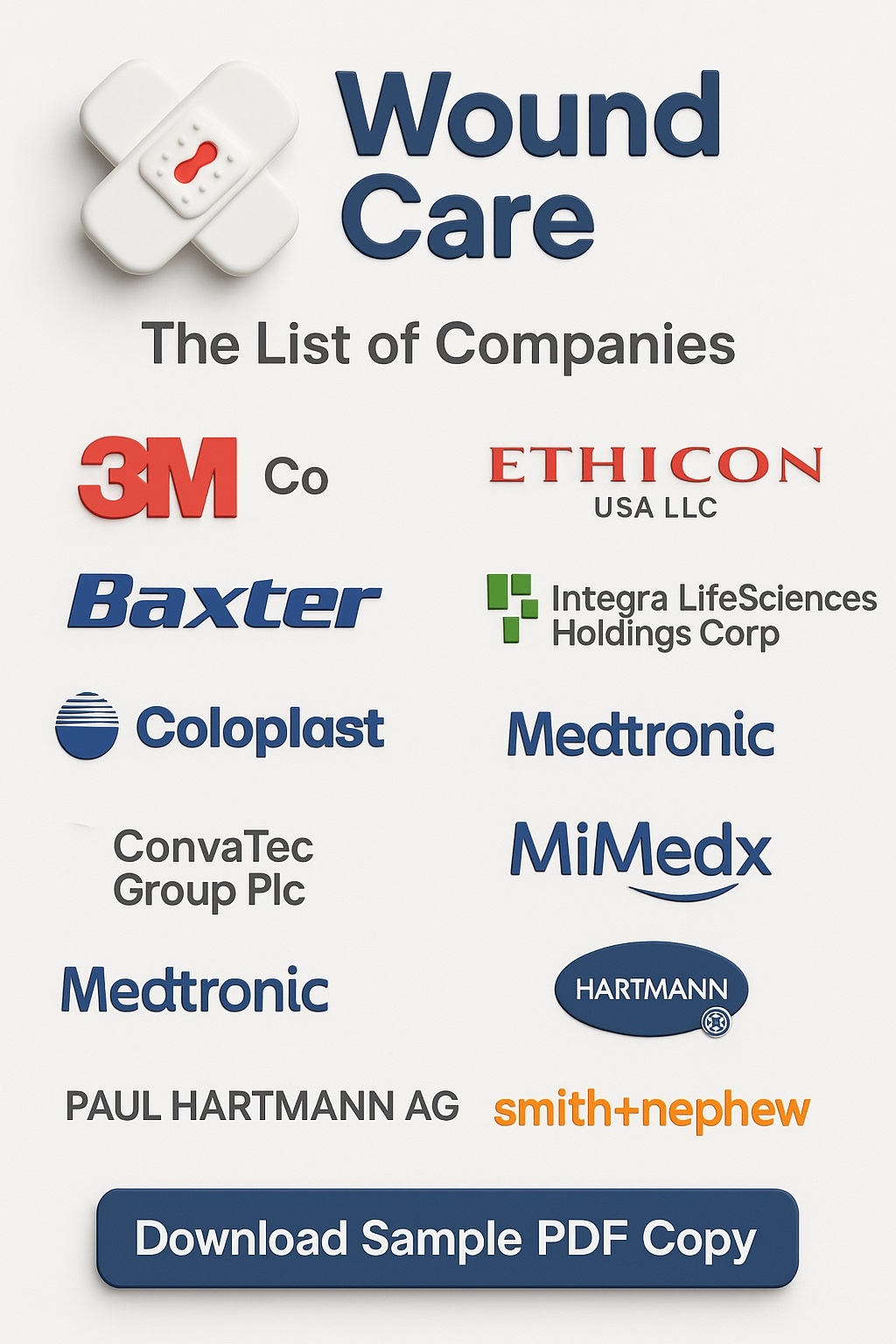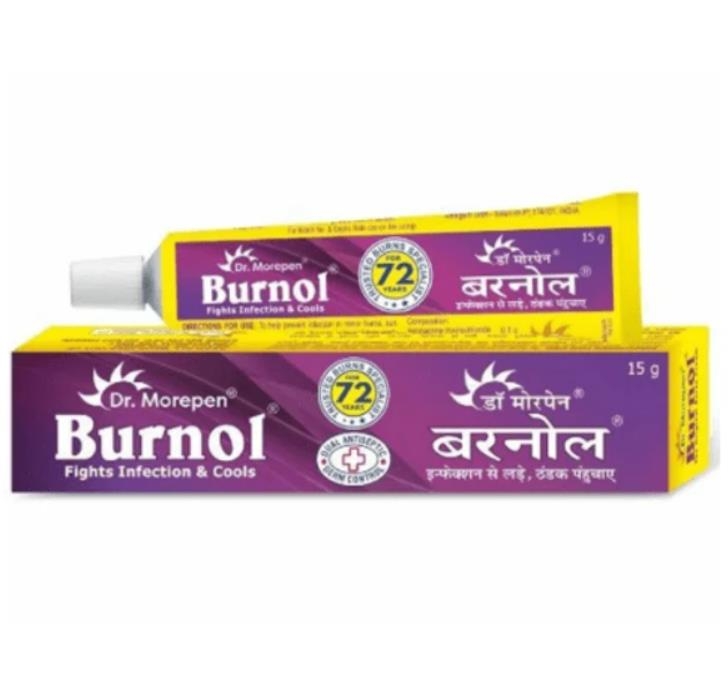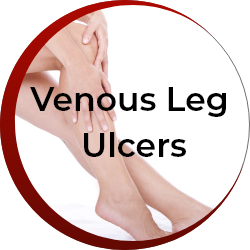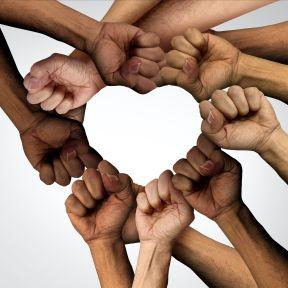STRESS-
Inequities Poison Us All.
How inequities chronically inflame everyone’s bodies, even the most privileged.
Reviewed by Michelle Quirk
KEY POINTS-
Social inequities are a powerful predictor of health.
Inequities increase our risk of many health conditions through chronic inflammation.
We need to heal not only the individuals who are harmed but also the systems that make us sick.
Nothing has been more convincing of our interconnectedness than COVID-19 and our climate crisis. We can no longer pretend that what happens somewhere else won’t impact us all.
But it’s not only physical threats we share. Social inequities hurt everyone, too. We are in this together: The inequities experienced by some will poison everyone’s health, even the most privileged.
Simone Schenkman and Aylene Bousquat, researchers at the School of Public Health at Universidade de São Paulo, Brazil, compared countries around the world to evaluate the role of inequity in determining health outcomes. Their 2021 study showed that countries with the most inequity of income, education, and health dimensions—regardless of the country’s wealth—had the worst health outcomes.1
Living in an inequitable country doesn’t only affect those with the least privilege; it harms those at the top, too, they found. They concluded that policies that lead to inequities are “a disastrous political choice for society.”
Not only do the inequities lead to poor health outcomes and lower life expectancies for everyone but also higher levels of mental illness, substance use, incarceration, segregation, disrespect, violence, social distrust, and poor cohesion, they showed. “Inequity deteriorates the whole of society and not just the marginalized groups,” they concluded.
The Double-Edged Sword of Inflammation
Scientists now understand how inequity harms our health: because it’s stressful for everyone, says Robert M. Sapolsky, professor of biology and neurology at Stanford, who researches how stress damages our biology. “Basically, more unequal societies have a worse quality of life,” he says.2 “When inequality increases, everyone’s health suffers.”
Inequality creates stress, and stress creates the “double-edged biological sword” of inflammation, continues Sapolsky. Our stress response system is an essential adaptation to living in a world of threats around every corner or flick of our phones. When we anticipate a threat, our bodies are built to ramp up inflammatory responses, preparing them to repair the potential wound from a scary creature with big teeth and sharp claws.
Steve Cole, a genomics professor at UCLA, studies how social stresses affect our gene expression. His research, in collaboration with the late John Cacioppo, who was a social scientist at the University of Chicago, provided the first indication that social stress could increase inflammation—at the expense of immune function—in all our body’s cells.
Perceived danger sets off a stress response that signals to every tissue in our bodies to favour inflammation and sacrifice our immune response to get ready for a wounding injury, Cole says.
Cole, Cacioppo, and their colleagues repeated these findings time and time again, identifying the cellular mechanisms of how it happens—that social stress consistently activates a process in our bodies that increases the expression of genes that promote inflammation and decreases the expression of antiviral and antibody-related genes.3
This stress system works well if what we are fighting is a saber-toothed tiger, says Cole, but not if the threat is the complex social stresses that we face in modern society. This is because our stress response isn’t that specific; it’s still largely stuck in the Stone Age by assuming the most helpful response to all threats is preparing the body to heal from a physically wounding injury.
Adaptation is a slow process, and we haven’t yet evolved to the stresses that affect us most in modern society, Cole says—be they emotional or social stresses instead of physical wounds, or the long-term stress of inequities over brief injuries.
When our stress response is constantly going off, our body gets stuck in a state of chronic inflammation, which hurts our bodies and brains. While a brief burst of inflammation can be helpful to repair our body in the short term, countless studies show that chronic inflammation damages our bodies over time, increasing our risk of inflammatory-mediated diseases such as cardiovascular disease, diabetes, Alzheimer’s, depression, cancer, and many other illnesses, says Cole.
Molecular biologist and Nobel Prize winner Elizabeth Blackburn joined health psychologist Elissa Epel to study how stress affects the health of our telomeres—the bits at the end of our chromosomes that protect our DNA from damage. The length of our telomeres indicates our biological “age”—a sign of the body’s wear and tear. As we age and our cells divide, our telomeres shorten. Blackburn and Epel’s research kept finding the same conclusion: that stress makes our telomeres shorten faster. And, once again, one of the big stressors we face is inequality, which they found to shorten the telomeres of those on both the top and bottom of unequal societies. They offer a “Telomere Manifesto,” listing ways to protect our telomeres and, thus, aging.4 High on the list? Reduce inequality, they argue.
A Society Inflamed
In medical school, we learned risk factors for illnesses—being Indigenous, for example, was listed as a risk factor for a vast number of health problems, from type 2 diabetes to depression. But it is not an inherent characteristic of being Indigenous to be vulnerable to these health conditions. The health disparities between certain cultural or racial groups can often be explained by the intersecting social and structural determinants of health, such as intergenerational trauma, systemic racism, socioeconomic status, colonialization, exposure to environmental toxins, and access to health care and other resources.
“To wonder why some things settle in some bodies and not others is to begin to ask questions about power, injustice, and inequity,” writes Rupa Marya, a physician and associate professor of medicine at the University of California, San Francisco, and Raj Patel, a public health researcher and professor at the University of Texas, in Inflamed: Deep Medicine and the Anatomy of Injustice.
As the world faced the pandemic, we uncovered the shocking injustices and inequities that we’d been observing for decades, this time in the graves of people who lost their lives to COVID-19. “Black, Indigenous, and people of color (BIPOC) were over-represented, their bodies subject to inflammation of all kinds, long before the SARS-CoV-2 virus ever settled into their lungs,” argued Marya and Patel. “Not only the lack of access to health care, but systemic social and economic disenfranchisement rendered their bodies more susceptible to Covid when it hit,” they add.
Severe COVID-19 and other inflammatory-mediated conditions are more common in oppressed groups because of the cumulative burdens of toxic stress. And the majority of these stresses are involuntary. No amount of “self-care” or advice to reduce stress or focus on one’s health can erase the weight of systemic and intergenerational oppression. And, yet, so often we blame individuals, groups, or ourselves for poor health.
Perhaps it helps some of us sleep at night to think that we’re healthy because of our own merits, rather than unfairly hoarded privileges. Or maybe we feel more empowered if it’s our own fault that we’re sick, because, then, it's within our power to fix it, even if the added burden of stigma and blame hurts us more.
The only thing harder than recognizing and holding empathy for the unjust distribution of toxic stress that hurts the health of others is carrying these toxins in our own bodies. Inequality hurts us all, but it gravely harms the health of those who are most oppressed.
That’s why social justice is the most important medicine I can prescribe as a physician. Rather than putting Band-Aids on the illnesses caused by inequities to individuals, we need to heal the larger systems that are making them sick. As Seth Godin advises, “Don’t save the canary. Fix the coal mine.”
STRESS-
Inequities Poison Us All.
How inequities chronically inflame everyone’s bodies, even the most privileged.
Reviewed by Michelle Quirk
KEY POINTS-
Social inequities are a powerful predictor of health.
Inequities increase our risk of many health conditions through chronic inflammation.
We need to heal not only the individuals who are harmed but also the systems that make us sick.
Nothing has been more convincing of our interconnectedness than COVID-19 and our climate crisis. We can no longer pretend that what happens somewhere else won’t impact us all.
But it’s not only physical threats we share. Social inequities hurt everyone, too. We are in this together: The inequities experienced by some will poison everyone’s health, even the most privileged.
Simone Schenkman and Aylene Bousquat, researchers at the School of Public Health at Universidade de São Paulo, Brazil, compared countries around the world to evaluate the role of inequity in determining health outcomes. Their 2021 study showed that countries with the most inequity of income, education, and health dimensions—regardless of the country’s wealth—had the worst health outcomes.1
Living in an inequitable country doesn’t only affect those with the least privilege; it harms those at the top, too, they found. They concluded that policies that lead to inequities are “a disastrous political choice for society.”
Not only do the inequities lead to poor health outcomes and lower life expectancies for everyone but also higher levels of mental illness, substance use, incarceration, segregation, disrespect, violence, social distrust, and poor cohesion, they showed. “Inequity deteriorates the whole of society and not just the marginalized groups,” they concluded.
The Double-Edged Sword of Inflammation
Scientists now understand how inequity harms our health: because it’s stressful for everyone, says Robert M. Sapolsky, professor of biology and neurology at Stanford, who researches how stress damages our biology. “Basically, more unequal societies have a worse quality of life,” he says.2 “When inequality increases, everyone’s health suffers.”
Inequality creates stress, and stress creates the “double-edged biological sword” of inflammation, continues Sapolsky. Our stress response system is an essential adaptation to living in a world of threats around every corner or flick of our phones. When we anticipate a threat, our bodies are built to ramp up inflammatory responses, preparing them to repair the potential wound from a scary creature with big teeth and sharp claws.
Steve Cole, a genomics professor at UCLA, studies how social stresses affect our gene expression. His research, in collaboration with the late John Cacioppo, who was a social scientist at the University of Chicago, provided the first indication that social stress could increase inflammation—at the expense of immune function—in all our body’s cells.
Perceived danger sets off a stress response that signals to every tissue in our bodies to favour inflammation and sacrifice our immune response to get ready for a wounding injury, Cole says.
Cole, Cacioppo, and their colleagues repeated these findings time and time again, identifying the cellular mechanisms of how it happens—that social stress consistently activates a process in our bodies that increases the expression of genes that promote inflammation and decreases the expression of antiviral and antibody-related genes.3
This stress system works well if what we are fighting is a saber-toothed tiger, says Cole, but not if the threat is the complex social stresses that we face in modern society. This is because our stress response isn’t that specific; it’s still largely stuck in the Stone Age by assuming the most helpful response to all threats is preparing the body to heal from a physically wounding injury.
Adaptation is a slow process, and we haven’t yet evolved to the stresses that affect us most in modern society, Cole says—be they emotional or social stresses instead of physical wounds, or the long-term stress of inequities over brief injuries.
When our stress response is constantly going off, our body gets stuck in a state of chronic inflammation, which hurts our bodies and brains. While a brief burst of inflammation can be helpful to repair our body in the short term, countless studies show that chronic inflammation damages our bodies over time, increasing our risk of inflammatory-mediated diseases such as cardiovascular disease, diabetes, Alzheimer’s, depression, cancer, and many other illnesses, says Cole.
Molecular biologist and Nobel Prize winner Elizabeth Blackburn joined health psychologist Elissa Epel to study how stress affects the health of our telomeres—the bits at the end of our chromosomes that protect our DNA from damage. The length of our telomeres indicates our biological “age”—a sign of the body’s wear and tear. As we age and our cells divide, our telomeres shorten. Blackburn and Epel’s research kept finding the same conclusion: that stress makes our telomeres shorten faster. And, once again, one of the big stressors we face is inequality, which they found to shorten the telomeres of those on both the top and bottom of unequal societies. They offer a “Telomere Manifesto,” listing ways to protect our telomeres and, thus, aging.4 High on the list? Reduce inequality, they argue.
A Society Inflamed
In medical school, we learned risk factors for illnesses—being Indigenous, for example, was listed as a risk factor for a vast number of health problems, from type 2 diabetes to depression. But it is not an inherent characteristic of being Indigenous to be vulnerable to these health conditions. The health disparities between certain cultural or racial groups can often be explained by the intersecting social and structural determinants of health, such as intergenerational trauma, systemic racism, socioeconomic status, colonialization, exposure to environmental toxins, and access to health care and other resources.
“To wonder why some things settle in some bodies and not others is to begin to ask questions about power, injustice, and inequity,” writes Rupa Marya, a physician and associate professor of medicine at the University of California, San Francisco, and Raj Patel, a public health researcher and professor at the University of Texas, in Inflamed: Deep Medicine and the Anatomy of Injustice.
As the world faced the pandemic, we uncovered the shocking injustices and inequities that we’d been observing for decades, this time in the graves of people who lost their lives to COVID-19. “Black, Indigenous, and people of color (BIPOC) were over-represented, their bodies subject to inflammation of all kinds, long before the SARS-CoV-2 virus ever settled into their lungs,” argued Marya and Patel. “Not only the lack of access to health care, but systemic social and economic disenfranchisement rendered their bodies more susceptible to Covid when it hit,” they add.
Severe COVID-19 and other inflammatory-mediated conditions are more common in oppressed groups because of the cumulative burdens of toxic stress. And the majority of these stresses are involuntary. No amount of “self-care” or advice to reduce stress or focus on one’s health can erase the weight of systemic and intergenerational oppression. And, yet, so often we blame individuals, groups, or ourselves for poor health.
Perhaps it helps some of us sleep at night to think that we’re healthy because of our own merits, rather than unfairly hoarded privileges. Or maybe we feel more empowered if it’s our own fault that we’re sick, because, then, it's within our power to fix it, even if the added burden of stigma and blame hurts us more.
The only thing harder than recognizing and holding empathy for the unjust distribution of toxic stress that hurts the health of others is carrying these toxins in our own bodies. Inequality hurts us all, but it gravely harms the health of those who are most oppressed.
That’s why social justice is the most important medicine I can prescribe as a physician. Rather than putting Band-Aids on the illnesses caused by inequities to individuals, we need to heal the larger systems that are making them sick. As Seth Godin advises, “Don’t save the canary. Fix the coal mine.”








